Pepper Bonsai help
Artemis
9 years ago
Featured Answer
Sort by:Oldest
Comments (51)
Artemis
9 years agoUser
9 years agoRelated Discussions
Chile Pepper Bonsai -guide!
Comments (7)This is fantastic! I manage a community garden, and I have always been fascinated with how beautiful pepper plants are with their woody bases. I always feel awful ripping them up each season. Thanks for the alternative! Paul Here is a link that might be useful: Envi Sci and Fishy Plants...See MoreBonchis (Bonsai Chile Peppers)
Comments (3)Wow, those are gorgeous. What's the difference between the Brazilian Rainbow and the Bolivian Rainbow? Anyone know? The biggest problem I can see if that picking a pepper might destroy the symmetry of the display....See MoreMy Pepper Bonsai!
Comments (5)Thanks guys, yeah the fruit will be (from what I understand) similarly sized, which is why i used 2 small fruiting plants... The chinese 5 color gets pods that are an inch max and the serrano variety I am growing gets pods that are about 1/3rd the size of what is commonly grown. That being said this is my first attempt. This year I am gowing to grow some of these varieties in a topsy turvy upside-down in order to get some extreme curvature in the trunk and make a lot more interest in the bonsai itself. Ill post pics when im further down the road....See MoreSeeking help from experienced eye for potential Bonsai (Bons-eye?)
Comments (4)Yes, and they also need a lot of new branches (ramification). The idea of bonsai is to give the appearance of age in a small size, so that means a thick, tapered trunk and a lot of branches with short internodes. Note that on yours the distance between nodes down low is short, but near the top they are getting long. If planted in the ground it will grow faster, and you can develop more branching and some shape with directional pruning. When you get a long one like the upper left in pic 1, cut back to just above the lower node for a sprout there in spring. You can help thicken the trunk by plating outside but with a dinner plate or tile a few inches under the roots, forcing them to go farther out radially to the sides, and making the base wider.http://www.bonsai4me.com/AdvTech/ATfieldgrowing.htm...See Moregreenman28 NorCal 7b/8a
9 years agoEdymnion
9 years agolast modified: 9 years agogreenman28 NorCal 7b/8a
9 years agotapla (mid-Michigan, USDA z5b-6a)
9 years agolast modified: 9 years agoArtemis
9 years agotapla (mid-Michigan, USDA z5b-6a)
9 years agolast modified: 9 years agoArtemis
9 years agogreenman28 NorCal 7b/8a
9 years agotapla (mid-Michigan, USDA z5b-6a)
9 years agogreenman28 NorCal 7b/8a
9 years agoAndrew
9 years agotapla (mid-Michigan, USDA z5b-6a)
9 years agoAndrew
9 years agogreenman28 NorCal 7b/8a
9 years agoArtemis
9 years agoAndrew
9 years agoAndrew
9 years agoEdymnion
9 years agoAndrew
9 years agolast modified: 9 years agotapla (mid-Michigan, USDA z5b-6a)
9 years agoAndrew
9 years agotapla (mid-Michigan, USDA z5b-6a)
9 years agoAndrew
9 years agotapla (mid-Michigan, USDA z5b-6a)
9 years agoAndrew
9 years agotapla (mid-Michigan, USDA z5b-6a)
9 years agoAndrew
9 years agoAndrew
9 years agoAndrew
9 years agoArtemis
9 years agoAndrew
9 years agoArtemis
9 years agoAndrew
9 years agolast modified: 9 years agoArtemis
9 years agoAndrew
9 years agogreenman28 NorCal 7b/8a
9 years agoAndrew
9 years agoAndrew
9 years agogreenman28 NorCal 7b/8a
9 years agoArtemis
9 years agoAndrew
9 years agoAndrew
9 years agoArtemis
9 years agoAndrew
9 years agoArtemis
9 years agoAndrew
9 years agoArtemis
9 years agoArtemis
8 years ago
Related Stories
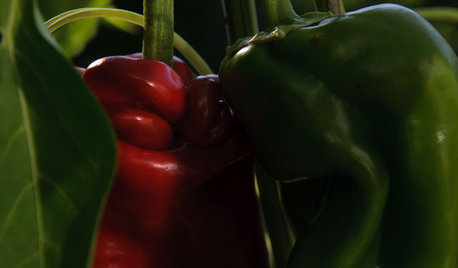
GARDENING GUIDESSummer Crops: How to Grow Peppers
Some like 'em hot; others like them sweet. With the incredible range of peppers available for home gardens, you can have your pick
Full Story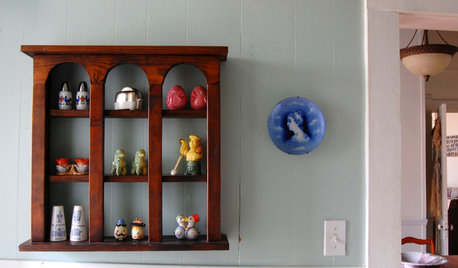
SHOP HOUZZShop Houzz: Like Salt and Pepper
Cute and kitschy ways to say ‘I love you’ with themed salt and pepper shakers
Full Story
PETSHow to Help Your Dog Be a Good Neighbor
Good fences certainly help, but be sure to introduce your pup to the neighbors and check in from time to time
Full Story
PETS6 Ways to Help Your Dog and Landscape Play Nicely Together
Keep your prized plantings intact and your dog happy too, with this wisdom from an expert gardener and dog guardian
Full Story
HOUZZ TOURSMy Houzz: Saturated Colors Help a 1920s Fixer-Upper Flourish
Bright paint and cheerful patterns give this Spanish-style Los Angeles home a thriving new personality
Full Story
MOST POPULAR7 Ways to Design Your Kitchen to Help You Lose Weight
In his new book, Slim by Design, eating-behavior expert Brian Wansink shows us how to get our kitchens working better
Full Story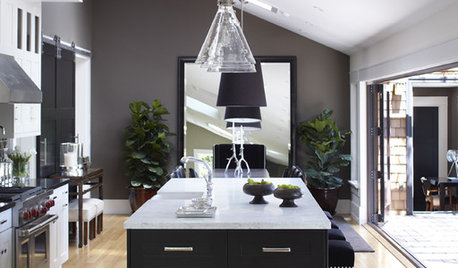
BLACKCooking With Color: When to Use Black in the Kitchen
Consider sampling Caviar or Cracked Pepper on your kitchen walls or cabinets for richness and impact
Full Story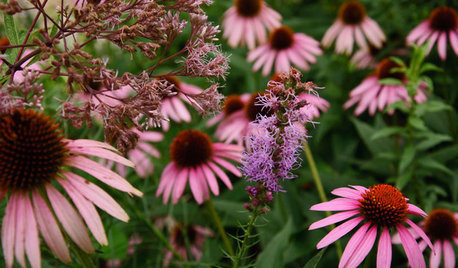
GARDENING GUIDESGreat Lakes Gardener's August Checklist
Pick the peppers and drink in the scent of lilies this month, while you mull over a mowing strip to make fall gardening easier
Full Story
DECORATING GUIDESHow to Savor Your Beautifully Imperfect Home
Hardly anyone escapes home design envy. These strategies can help you appreciate your home for all it offers you right now
Full Story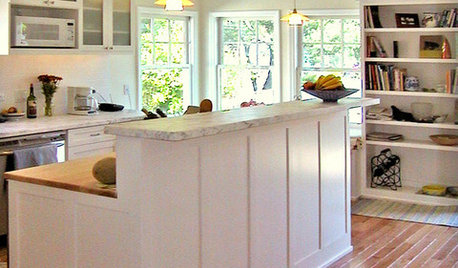
KITCHEN DESIGN8 Kitchen Organizing Ideas for Messy Cooks
Not the clean-as-you-go type? Not to worry. These strategies will help keep your kitchen looking tidy no matter what your cooking style is
Full StorySponsored
More Discussions



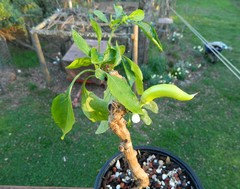
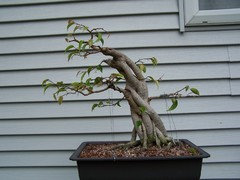
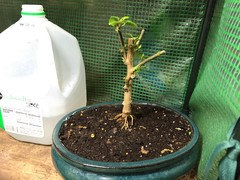

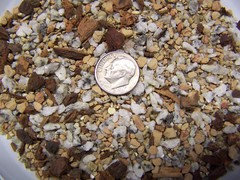
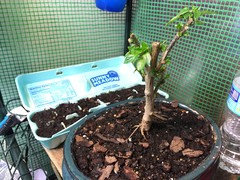
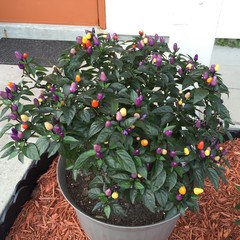
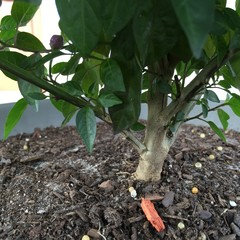
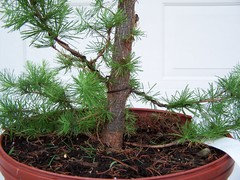

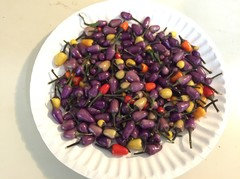
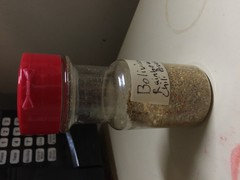
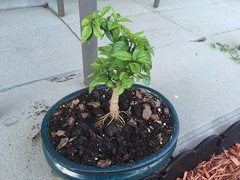
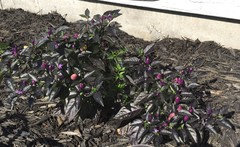
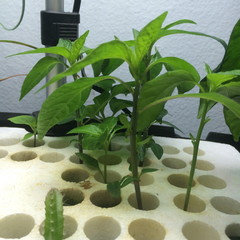
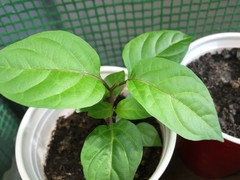
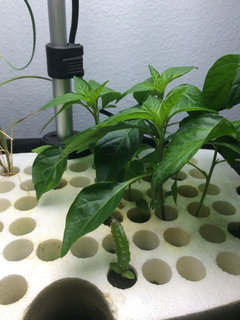
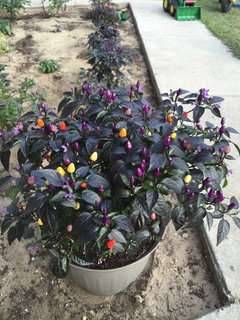
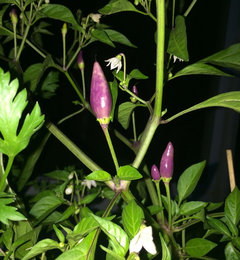
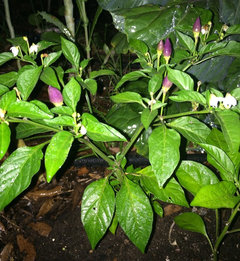


User